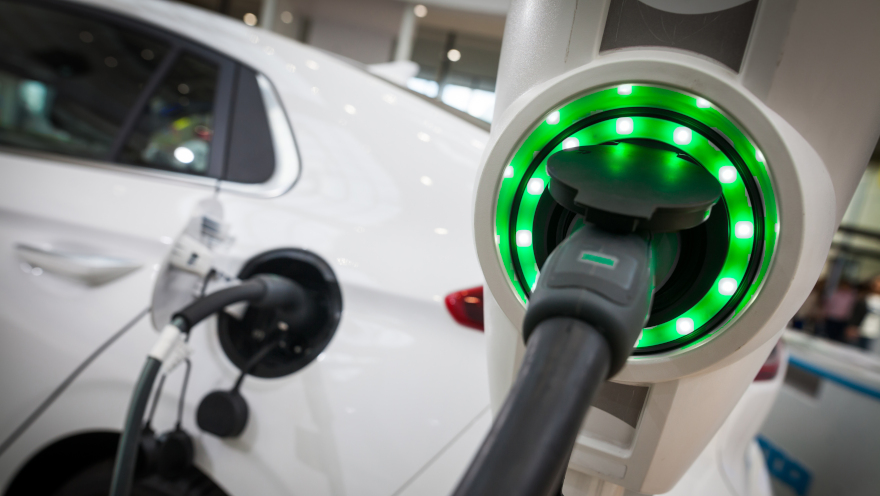Experian report shows EV landscape shifting toward non-luxury models

It might not be an earthquake, but the landscape of electric vehicles is beginning to shift.
That shift, according to Experian’s Automotive Consumer Trends Report: Q2 2024, is slowly moving the EV market away from the dominance of luxury models. The report found the market share of non-luxury EVs rose to 26.6% in the second quarter of 2024, up from 22.7% in Q2 2023.
While luxury and exotic vehicles still account for a sizeable 73.4% of the EV market, the report said the growth in non-luxury EV registrations shows the continued expansion of the overall EV market as manufacturers roll out new models, noting more than 3.5 million EVs were on the road in Q2 2024, up from about 2.7 million the previous year.
“With the EV clientele continuing to grow, there is an increased desire for functionality and affordability,” Experian director of product marketing for automotive Kirsten Von Busch said in a news release, “something automotive professionals should keep in mind as they find ways to reach their respective audience.”
The growth in non-luxury options has also caused a shift in non-luxury EV retail market share. The report found Ford continuing to lead at 21.9%, but that was down more than two percentage points year-over-year, while Volkswagen decreased 4.6 points to 11.2% and Chevrolet lost almost half its share, dropping from 24.2% to 13.2%.
Meanwhile, Hyundai grew from 15.2% to 19.3% and Kia gained three points to 12.5%.
EVs are also showing strong loyalty among their owners, according to the report, with 77.4% of EV owners who replaced their vehicle in the past 12 months did so with another EV, while 16.2% transitioned to a gas-powered vehicle and 3.2% opted for a hybrid.
In general, though, EVs seem to be a complement to gas cars. Experian’s Q2 report found 81% of households with at least one EV also own a gas-powered vehicle, with 14% also owning a hybrid and 12% having another EV.
“EVs have become a compelling choice over recent years as we continue to see adoption rise, but consumers are still relying on their gasoline-powered vehicles,” Von Busch said. “It’s possible that many are keeping a secondary vehicle to have the convenience of everyday driving while reserving the traditional fuel type for longer trips.”
The full report is available for download here.


